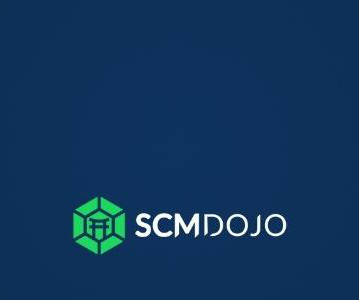Elevating Supply Chain Visibility through Effective Marketing
SCMDOJO
MARCH 19, 2024
Discover Ways to Boost Supply Chain Visibility through Digital Marketing Supply chain visibility is essential for providing a superior customer experience and sustaining customer loyalty over time. Customers face significant frustrations that erode brand trust and sales without supply chain visibility.












Let's personalize your content